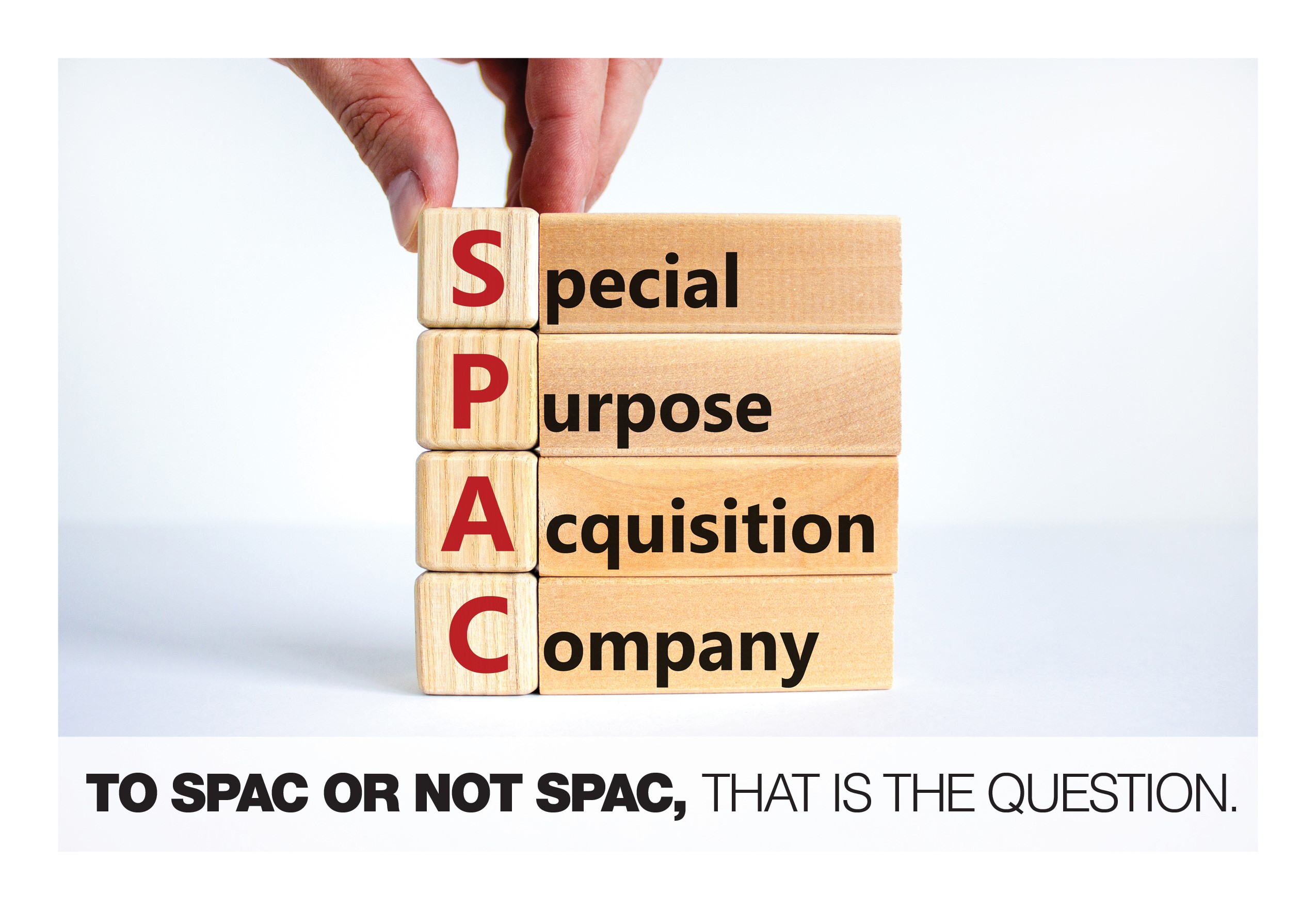Recently, SPACs (Special Purpose Acquisition Companies) have been gaining a lot of attention and I have been carefully watching the evolution from the side-lines. Here is my view on this investment strategy:
SPACs are not a new investment vehicle or opportunity; they have been around for close to 30 years and have had their name changed throughout time. They have been known as money box investing, lock box investing, blank cheque companies and finally, SPACs.
SPACs are blind pools of money raised by a sponsor with the express desire to find acquisition targets and take them to IPO. Recent SPACs have a 2-year time limit to find an acquisition target, or the cash is returned to the investors. If the sponsor does not find a target, the downside to the investor is a loss of interest and having missed the opportunity to invest their capital elsewhere.
IPOs typically take 6 to 18 months to go from the decision to go public to final listing. It entails substantial costs, legal hurdles, and approvals from the SEC and other regulatory bodies. Using a SPAC circumvents much of the process and costs and can reduce the timeline. The listing company avoids the scrutiny of the equity research analyst, which some companies see as an added advantage. Finally, the listing company going the SPAC route can avoid lockups that their counterparts will have to endure if they go via an IPO.
So far this all sounds good, right? This is not a new process and it seems like a logical idea. Surely the hype and rush to raise funds should make the investor feel comfortable.
Let’s take a look at the numbers. In 2019, the SPAC market was approximately $15 billion, in 2020 it rose to over $80 billion and in the first quarter of 2021 we are on track to see more than $87 billion going into SPAC investments. This is not a cause for comfort, as it may be a bubble or just a rush for returns, in a low return environment.
For those able to invest directly into a SPAC it is critical to find a quality sponsor with a proven track record. An initial investor in a SPAC is granted a higher probability of having a positive experience in terms of returns and in terms of protection through warrants and put options.
Most of the initial investors (or sponsors) in SPACs are most likely to be institutional investors, such as fund managers, highly skilled business execs, and in a few cases, Family Office investors. For those coming in after the target has been identified, they enter with no voting rights, no warrants, and no put options, so the risk they are taking is higher.
So, what is the concern about this space? First off, you have no idea what you may be investing in; many of the target companies are pre-revenue and some may not even have a completed product. This should remind you of the Tech bubble at the end of the 90’s.
The bigger issue is that large amounts of money are chasing sponsors which may make them feel pressured to invest. But the biggest risk is FOMO (Fear of Missing Out). People hear success stories of Nikola, NIO, Virgin Galactic and DraftKings and do not want to be left behind. And yes, if you were an initial investor, it is very likely that you made a profit. But for the rest (i.e. PIPE investors and the post-merger investors)? It’s a mixed bag depending on whether you were with a top quality sponsor or not.
A red flag appears when celebrities like A-Rod, Serena Williams and Shaquille O’Neal come into this space as sponsors. This has prompted the SEC to take note and warn investors.
My advice is to be very selective if you decide to invest in a SPAC. You should ensure that it is with a sponsor who has a recognised track record in this space, that they have a process around the selection of the target company and that you are an initial investor. If you cannot tick all those boxes, my advice would be to find an alternative opportunity. Also, do not chase the target companies after they have been listed, even if they are revenue positive. As always, do your due diligence and get as much information as possible.

Leave A Comment